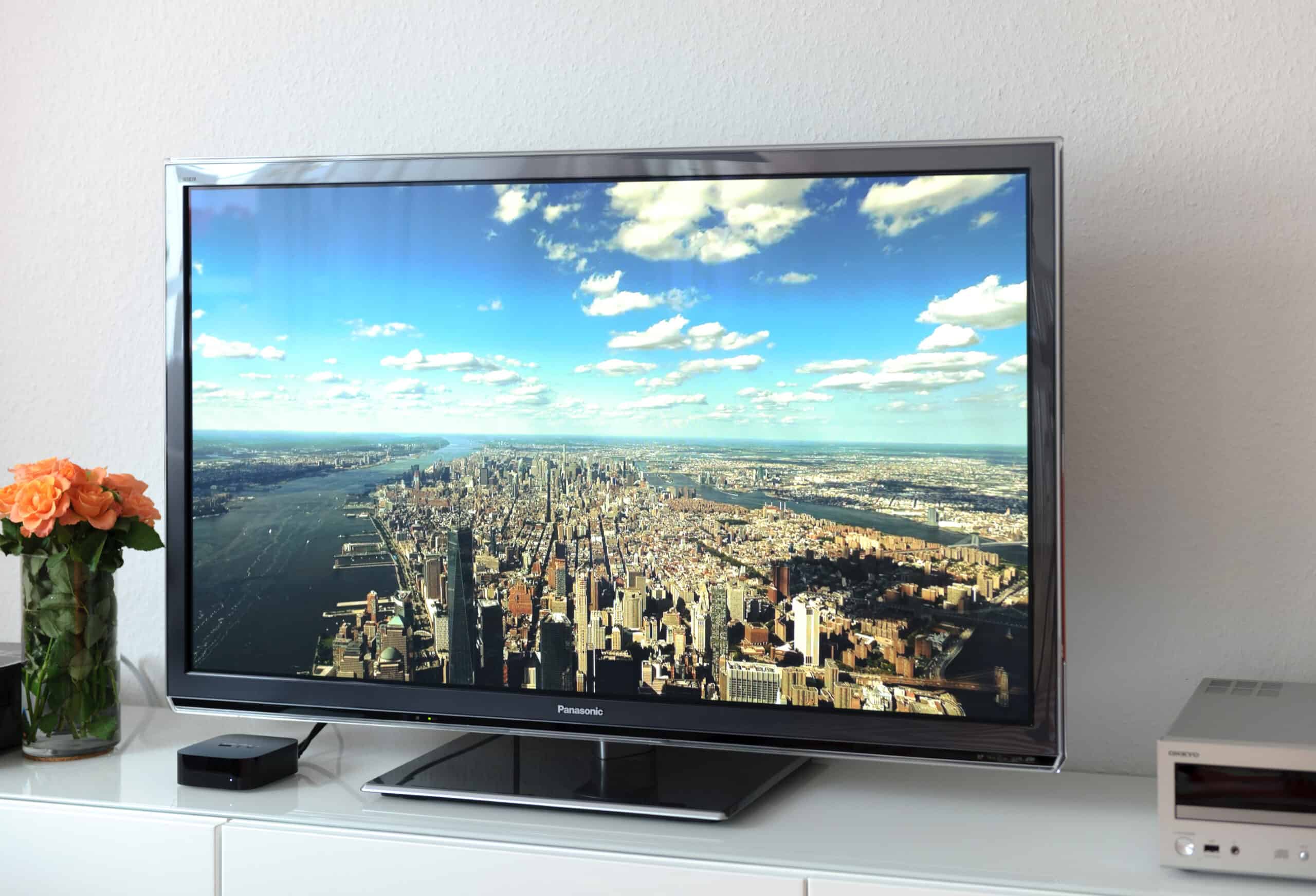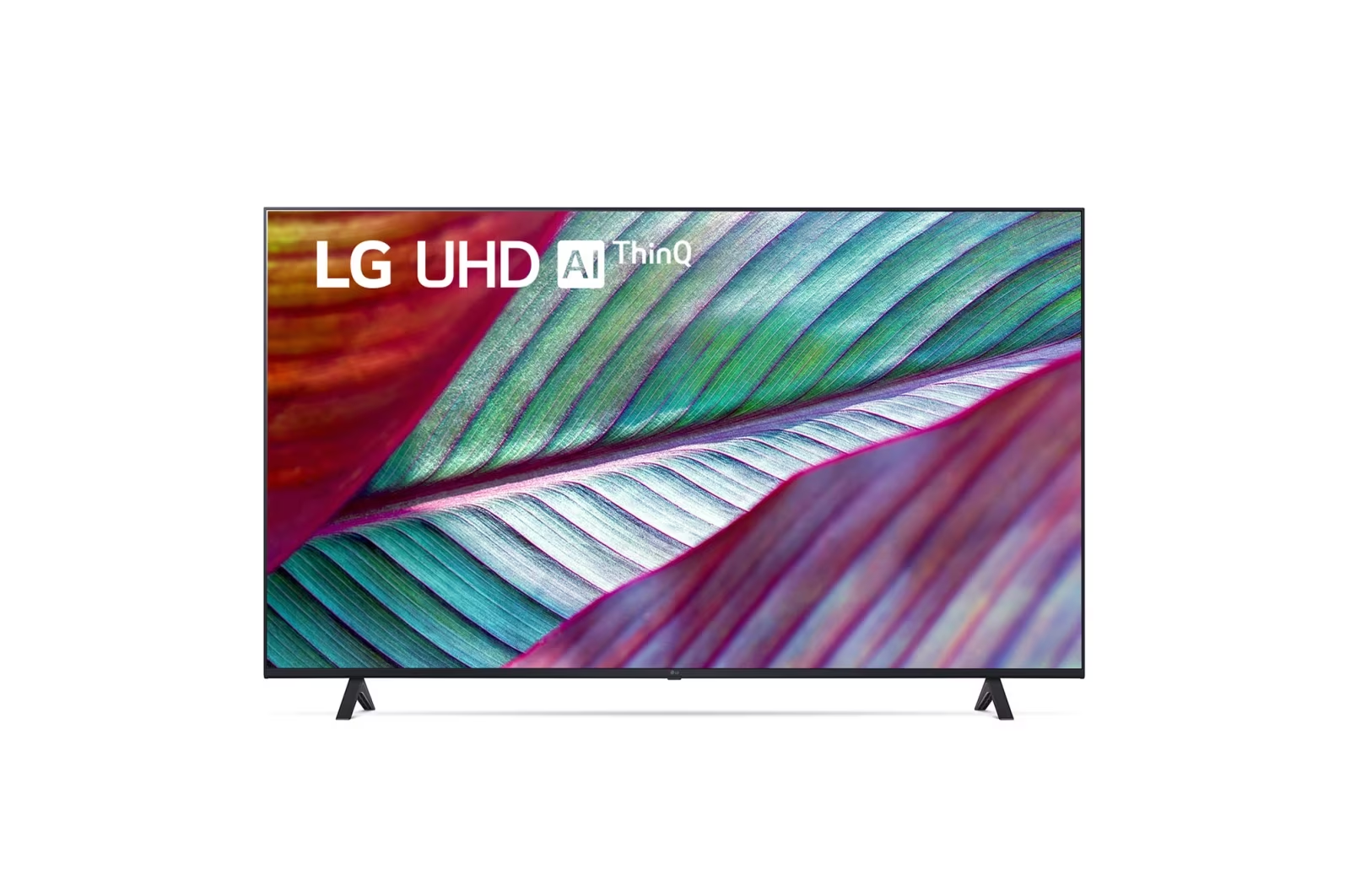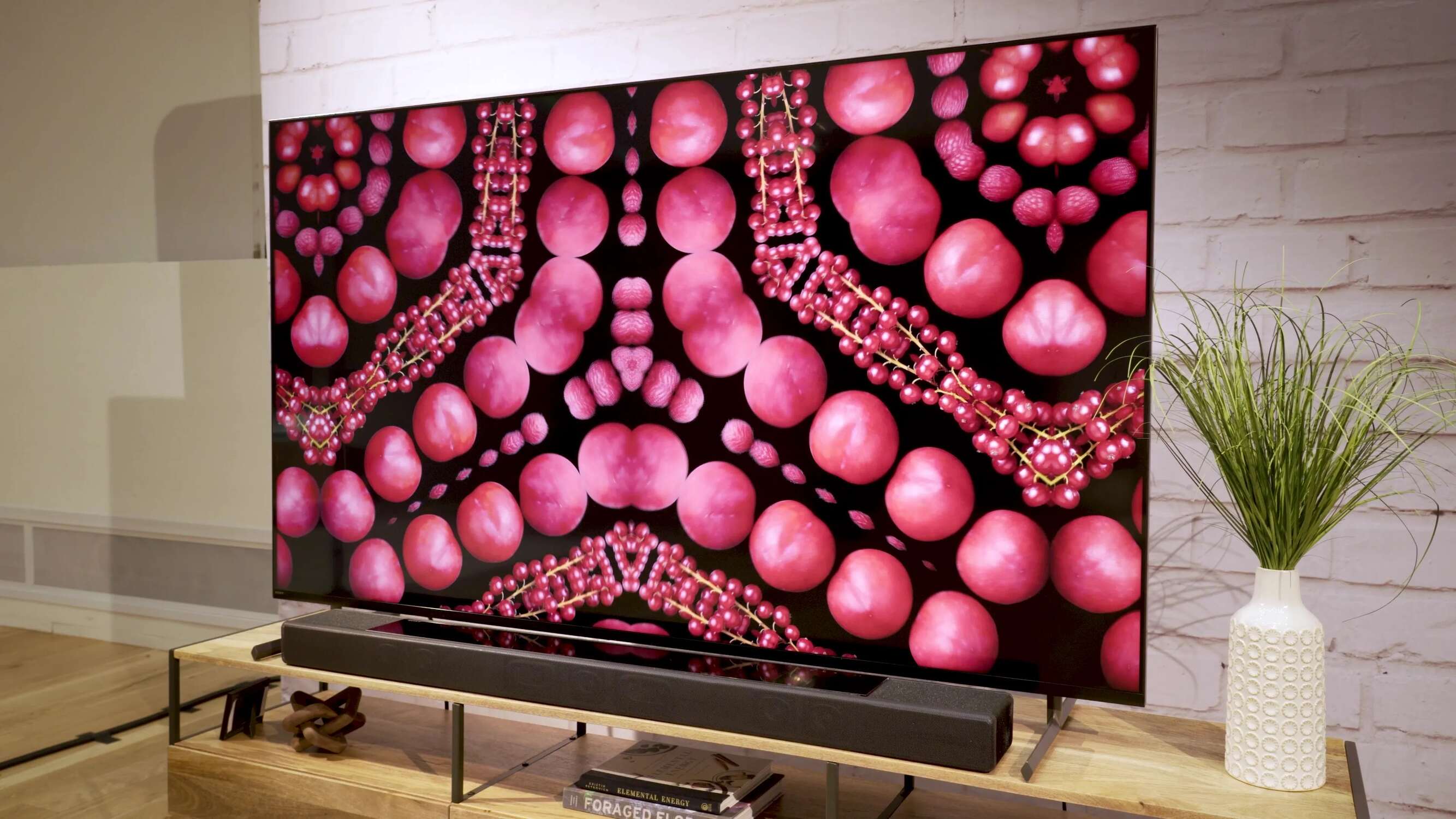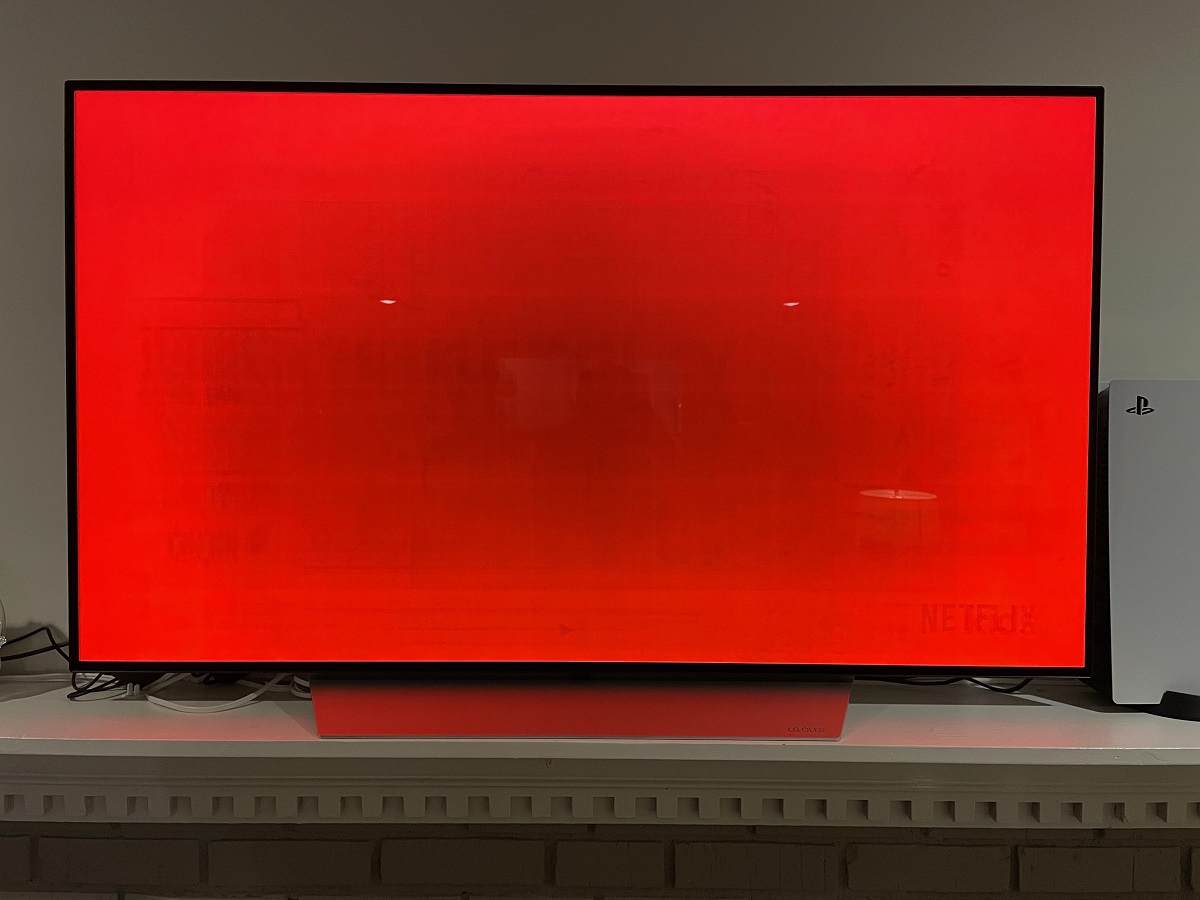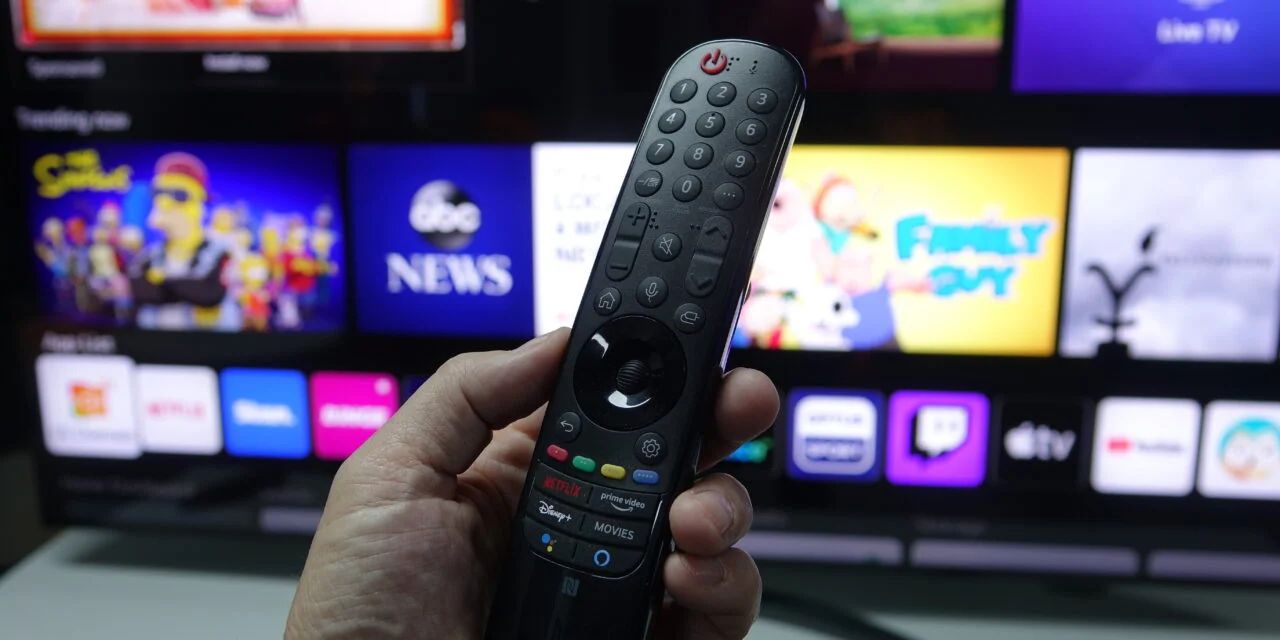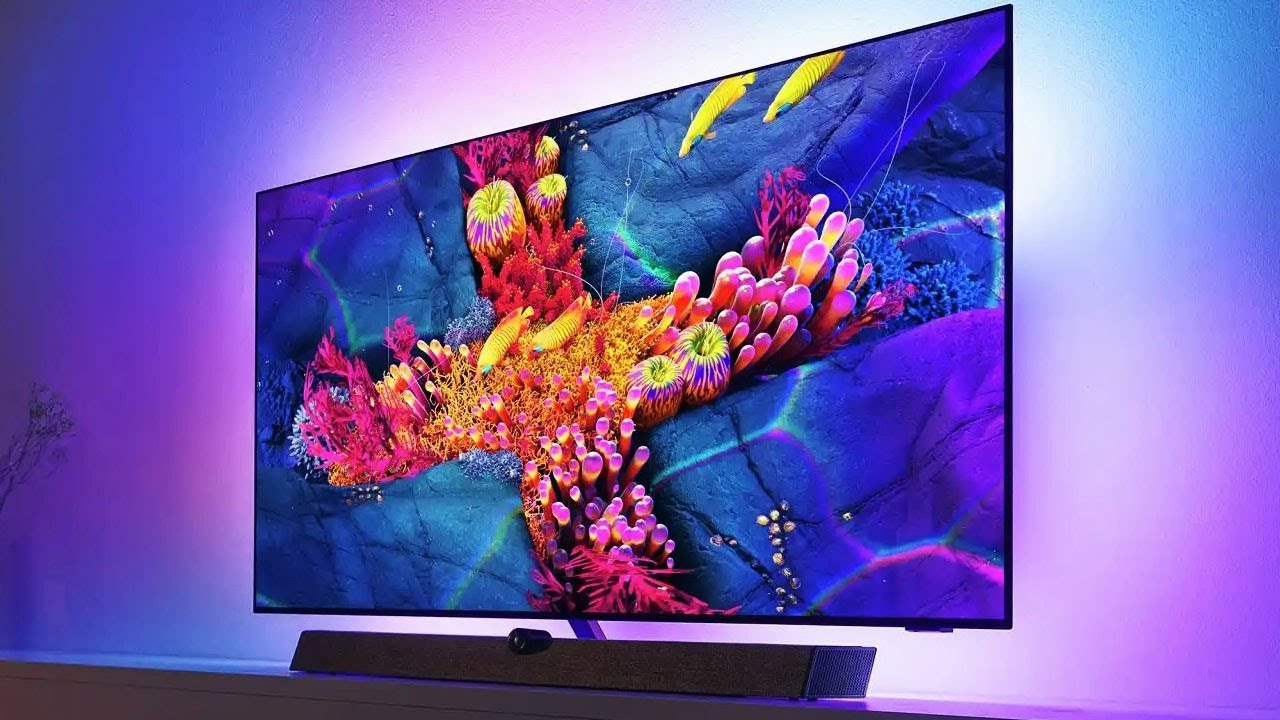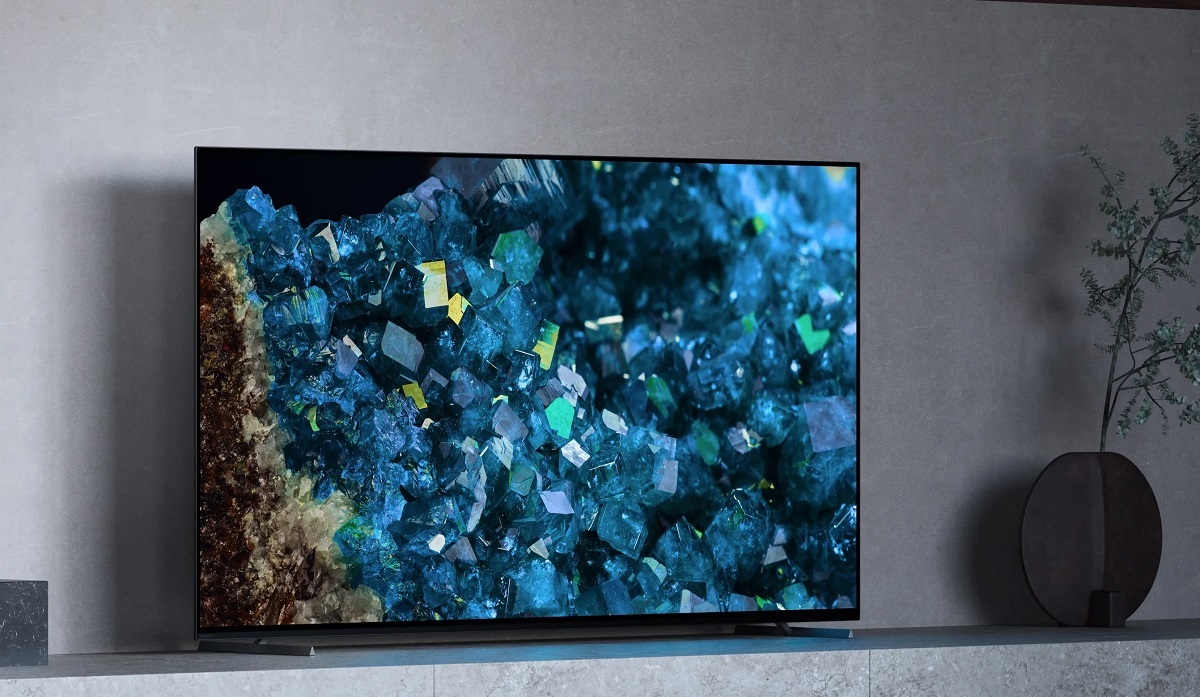Introduction
Welcome to the world of OLED TVs! As technology continues to advance, televisions have evolved from bulky, CRT sets to sleek, ultra-thin displays that deliver stunning picture quality. One notable innovation in the world of TVs is the introduction of OLED (Organic Light-Emitting Diode) technology. With its exceptional color reproduction, deep blacks, and wide viewing angles, OLED has become a popular choice for those seeking an immersive viewing experience.
But with any investment, it’s important to consider the lifespan of the product. For individuals considering purchasing an OLED TV, one common question is, “How long does an OLED TV last?” In this article, we will delve into the factors that can affect the lifespan of an OLED TV and provide insights into what you can expect in terms of longevity.
Before we dive into the details, let’s take a closer look at what exactly an OLED TV is and how it differs from other types of televisions. Unlike traditional LED or LCD TVs, which rely on a backlight to illuminate the display, OLED TVs utilize organic compounds that emit light when an electric current is applied. This allows for each individual pixel to emit its own light, resulting in self-illuminating pixels and more precise control over lighting and contrast.
Now that we have a basic understanding of OLED technology, let’s explore the factors that can impact the lifespan of an OLED TV.
What is an OLED TV?
An OLED (Organic Light-Emitting Diode) TV is a type of television that uses organic compounds to produce light and create images. Unlike traditional LED or LCD TVs, which rely on a backlight to illuminate the display, OLED TVs have self-emitting pixels that emit light individually. This allows for greater control over lighting and contrast, resulting in deeper blacks, vibrant colors, and exceptional picture quality.
Each pixel in an OLED TV consists of organic material that emits light when an electric current is applied. This eliminates the need for a separate backlight, allowing for thinner and more flexible displays. The ability of OLED pixels to turn on and off individually also contributes to improved energy efficiency, as black pixels consume no power.
OLED TVs have gained popularity among consumers and industry professionals for their superior image quality. With the ability to reproduce true blacks, OLED TVs offer an infinite contrast ratio, meaning that the difference between the darkest and brightest parts of an image is virtually limitless. This creates a more immersive viewing experience with exceptional detail and depth.
Additionally, OLED technology provides wide viewing angles, ensuring that the colors and contrast remain consistent even when viewed from the sides. This makes OLED TVs a great choice for group viewing or if you have a large living room where not everyone can sit directly in front of the screen.
It’s worth noting that OLED TVs are available in various screen sizes, resolutions, and features, just like other types of televisions. Whether you’re looking for a compact OLED TV for a bedroom or a large one for a home theater setup, there are options to suit your needs.
Now that we understand the basics of what an OLED TV is and the benefits it offers, let’s move on to discussing the factors that can influence the lifespan of an OLED TV.
Factors that affect the lifespan of an OLED TV
The lifespan of an OLED TV can vary depending on several factors. While OLED technology offers numerous advantages, it’s essential to be aware of the potential factors that may affect the durability and longevity of your television. Here are some key factors to consider:
- Usage and Viewing Habits: The amount and type of content you watch on your OLED TV can impact its lifespan. If you regularly watch content with static elements, such as news tickers or video game HUDs, it could lead to image retention or burn-in. However, it’s worth noting that modern OLED TVs employ various techniques to reduce the risk of burn-in, such as pixel shifting and screen savers.
- Screen Brightness: Keeping your OLED TV at maximum brightness for extended periods can accelerate pixel aging. While OLED panels are generally robust, reducing the brightness level when not necessary can help prolong their lifespan.
- Heat and Ventilation: Excessive heat can have a detrimental impact on an OLED TV’s lifespan. Ensuring proper ventilation and avoiding placing the TV in an enclosed space can help prevent overheating and potential damage to the internal components.
- Power Surges and Electrical Issues: Power surges and electrical fluctuations can negatively affect the sensitive electronics within your OLED TV. Using a surge protector and ensuring a stable power supply can help protect your television from such issues.
- Quality of Manufacturing: The quality of the OLED panel and other components plays a significant role in the overall lifespan of the TV. Higher-quality panels and components are generally more durable and have a longer lifespan. It’s advisable to choose OLED TVs from reputable manufacturers known for their reliable build quality.
While these factors can impact the lifespan of an OLED TV, it’s essential to highlight that modern OLED TVs have improved significantly in terms of durability and longevity. Manufacturers employ advanced technologies and techniques to minimize any potential issues and ensure a satisfactory lifespan for their products.
Now that we have explored the factors that affect the lifespan of an OLED TV, let’s move on to discussing what you can generally expect in terms of longevity.
OLED TV lifespan: What to expect
When it comes to the lifespan of an OLED TV, it’s important to note that there isn’t a precise expiration date for these devices. However, manufacturers typically provide an estimated lifespan, and several studies and industry experts have conducted tests to determine how long an OLED TV is likely to last.
On average, an OLED TV can last between 40,000 to 100,000 hours of use. This translates to approximately 10 to 25 years of typical TV viewing. The actual lifespan will depend on various factors, including usage habits, screen brightness, and the quality of the TV’s components.
It’s important to understand that OLED TVs can experience gradual degradation over time, resulting in decreased brightness and color accuracy. However, the extent of this degradation is generally minimal and usually not noticeable to the average viewer. Manufacturers have implemented measures such as pixel refresh and compensation technology to mitigate the effects of degradation.
If you are an average TV viewer who uses your OLED TV for a few hours a day, you can expect the TV to last for many years without any significant issues. Furthermore, advancements in OLED technology continue to improve the overall durability and longevity of these televisions.
It’s worth mentioning that issues like burn-in and image retention, which were prevalent in earlier OLED models, have been significantly reduced in newer generations of OLED TVs. Manufacturers have implemented improved pixel shifting algorithms, screen savers, and other techniques to minimize these concerns.
In summary, while OLED TVs do have a finite lifespan, they can provide many years of enjoyable viewing. With proper usage, care, and consideration of the factors that can affect longevity, you can fully enjoy your OLED TV without worrying about premature failure or significant degradation.
Next, let’s explore some tips on how to extend the lifespan of your OLED TV.
How to extend the lifespan of your OLED TV
If you want to maximize the lifespan of your OLED TV and ensure optimal performance for years to come, here are some tips to consider:
- Adjust Screen Brightness: Lowering the screen brightness, especially in dark viewing environments, can help reduce the stress on OLED pixels and elongate their lifespan. Most OLED TVs come with built-in settings that automatically adjust the brightness based on ambient lighting conditions.
- Limit Static Images: Avoid displaying static images or logos for extended periods, as this can potentially lead to image retention or burn-in. If you need to temporarily display a static image, consider using the TV’s screensaver or activating the pixel shifting feature.
- Utilize Energy-Saving Features: Make use of the power-saving features available on your OLED TV. These features can help reduce power consumption and minimize the wear and tear on the internal components.
- Ensure Proper Ventilation: Adequate airflow is crucial to prevent overheating. Ensure that there is ample space around your OLED TV for proper ventilation, and avoid placing it in an enclosed area where heat can accumulate.
- Use a Surge Protector: Protect your OLED TV from unexpected power surges or electrical fluctuations by plugging it into a surge protector. This will help safeguard the TV’s sensitive electronics from potential damage.
- Keep the TV Clean: Regularly clean your OLED TV’s screen using a microfiber cloth to remove dust and smudges. Avoid using harsh chemicals or abrasive materials that can damage the screen.
- Update Firmware: Manufacturers often release firmware updates that address performance issues and improve overall functionality. Keeping your OLED TV’s firmware up to date can help maintain optimal performance and longevity.
By following these guidelines, you can extend the lifespan of your OLED TV and ensure that it continues to deliver a superb viewing experience for many years. While OLED TVs are designed to be durable and long-lasting, taking these preventative measures can further enhance their longevity.
Now let’s take a look at some indicators that may suggest your OLED TV is nearing the end of its lifespan.
Signs that your OLED TV may be nearing the end of its lifespan
While OLED TVs are known for their durability, like any electronic device, they may exhibit signs of aging as they approach the end of their lifespan. Here are a few indicators that your OLED TV may be nearing its endpoint:
- Decreased Brightness: Over time, OLED pixels can lose their luminosity, resulting in a gradual decrease in overall brightness levels. If you notice a significant reduction in brightness, even after adjusting the settings, it could be a sign that the TV is aging.
- Color Shift: As OLED pixels age, they may undergo color degradation, leading to a noticeable color shift in the overall image quality. Colors may appear less vibrant or inaccurate compared to when the TV was new.
- Image Retention: If you begin to notice ghosting or faint remnants of past images, it could be a sign of image retention. This occurs when the pixels retain a temporary image after being exposed to a static image for extended periods. While modern OLED TVs have mechanisms in place to reduce this issue, prolonged image retention may indicate the TV’s aging.
- Burn-in: Although modern OLED TVs have significantly reduced the risk of burn-in, it can still occur if static images are displayed for an extended time. Burn-in results in permanent damage to the OLED pixels, causing a visible, permanent ghost image on the screen. If you experience burn-in, it may indicate that your OLED TV is reaching the end of its lifespan.
- Frequent Malfunctions: If your OLED TV starts experiencing frequent technical issues, such as sudden shutdowns, unresponsive buttons, or other malfunctions, it could be a sign that the internal components are wearing out. While occasional issues can occur with any electronic device, repetitive and persistent problems may indicate that the TV is nearing the end of its lifespan.
It’s important to note that these signs do not necessarily mean your OLED TV will immediately fail or become unusable. However, they may indicate that the TV is approaching the later stages of its lifespan and might require more attention and maintenance.
If you notice any of these signs or have concerns about the longevity of your OLED TV, it is advisable to consult with a professional technician or contact the manufacturer for further assistance.
Finally, let’s address some frequently asked questions regarding the lifespan of OLED TVs.
Frequently asked questions about OLED TV lifespan
As OLED TVs continue to gain popularity, many questions arise regarding their lifespan. Here are some frequently asked questions that can help provide further clarity:
- Can an OLED TV last as long as a traditional LED TV?
- Can burn-in occur on OLED TVs?
- Can the lifespan of an OLED TV be extended?
- Is it worth investing in an OLED TV with a shorter lifespan compared to other TV technologies?
- What can I do if my OLED TV experiences image retention or burn-in?
OLED TVs, on average, have a similar lifespan to LED TVs. However, it’s important to note that each television’s longevity can vary depending on factors like usage, screen brightness, and maintenance.
While burn-in can occur on OLED TVs, modern models have implemented various technologies to minimize this risk. With proper usage, such as avoiding static images for extended periods and utilizing built-in features like pixel shifting and screen savers, the chances of burn-in can be significantly reduced.
Yes, the lifespan of an OLED TV can be extended by adopting certain practices. Adjusting screen brightness, limiting exposure to static images, ensuring proper ventilation, utilizing power-saving features, and keeping the TV clean can all contribute to extending its longevity.
While OLED TVs may have a slightly shorter lifespan compared to some other TV technologies, they offer exceptional picture quality, deep blacks, wide viewing angles, and vibrant colors. Additionally, OLED technology continues to advance, and manufacturers are continuously improving the durability and longevity of their OLED TVs.
If you notice image retention or burn-in on your OLED TV, you can try using built-in features like pixel refreshing or running specifically designed videos or patterns to help mitigate the issue. It’s always recommended to refer to the TV’s user manual or contact the manufacturer for guidance.
These are just some of the common questions related to OLED TV lifespan. If you have further inquiries or concerns about your specific OLED TV model, it’s best to consult the manufacturer or seek advice from knowledgeable professionals.
Now, let’s wrap up this article on OLED TV lifespan.
Conclusion
OLED TVs have revolutionized the television industry with their exceptional picture quality, infinite contrast ratio, and wide viewing angles. While questions about their lifespan are common, it’s important to understand that modern OLED TVs offer a satisfactory lifespan and continue to improve in terms of durability and longevity.
Factors such as usage habits, screen brightness, heat, and manufacturing quality can influence the lifespan of an OLED TV. However, on average, an OLED TV can last between 40,000 to 100,000 hours of use, which translates to around 10 to 25 years of typical TV viewing.
To ensure your OLED TV lasts for many years, adjust screen brightness, limit exposure to static images, maintain proper ventilation, utilize power-saving features, and keep it clean. These practices can help extend its lifespan and optimize performance over time.
Signs that an OLED TV may be nearing the end of its lifespan include decreased brightness, color shift, image retention, burn-in, and frequent malfunctions. However, it’s worth noting that these signs do not indicate an immediate failure, and OLED TVs are designed to provide a satisfactory viewing experience throughout their lifespan.
By understanding the factors that affect OLED TV lifespan and following good maintenance practices, you can enjoy your OLED TV for many years without significant degradation or performance issues.
If you have further questions or concerns about your specific OLED TV model, it’s always recommended to consult the manufacturer or seek advice from professionals in the field. With proper care and attention, your OLED TV can continue to provide you with stunning visuals and immersive entertainment for years to come.







